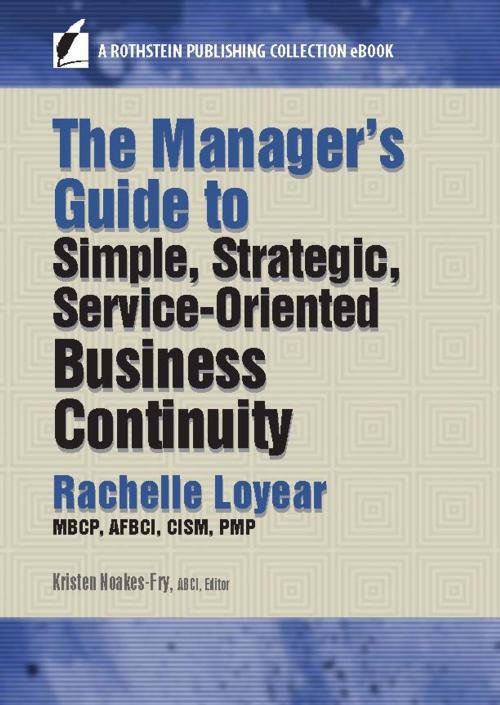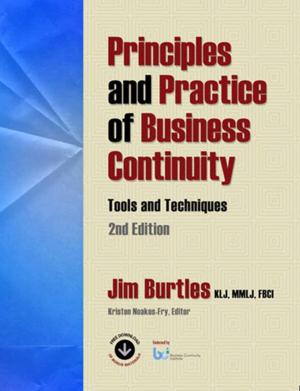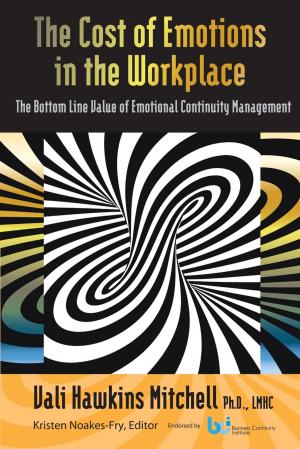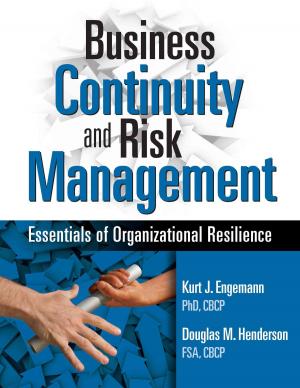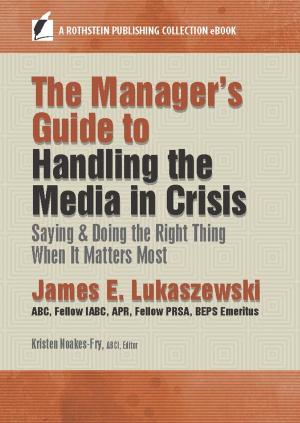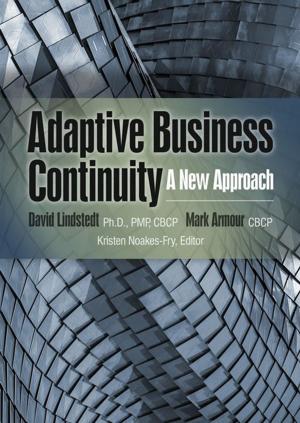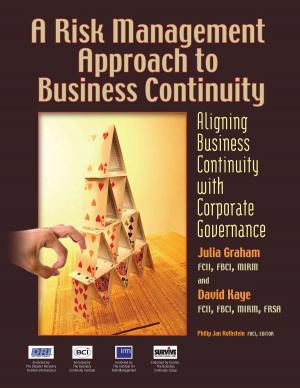The Manager’s Guide to Simple, Strategic, Service-Oriented Business Continuity
Business & Finance, Industries & Professions, Insurance, Management & Leadership, Management| Author: | Rachelle Loyear, MBCP, AFBCI, CISM, PMP | ISBN: | 9781944480387 |
| Publisher: | Rothstein Publishing | Publication: | May 10, 2017 |
| Imprint: | Rothstein Publishing | Language: | English |
| Author: | Rachelle Loyear, MBCP, AFBCI, CISM, PMP |
| ISBN: | 9781944480387 |
| Publisher: | Rothstein Publishing |
| Publication: | May 10, 2017 |
| Imprint: | Rothstein Publishing |
| Language: | English |
You have the knowledge and skill to create a workable Business Continuity Management (BCM) program – but too often, your projects are stalled while you attempt to get the right information from the right person. Rachelle Loyear experienced these struggles for years before she successfully revamped and reinvented her company’s BCM program. In The Manager’s Guide to Simple, Strategic, Service-Oriented Business Continuity, she takes you through the practical steps to get your program back on track.
Rachelle Loyear understands your situation well. Her challenge was to manage BCM in a large enterprise that required hundreds of BC plans to be created and updated. The frustrating reality she faced was that subject matter experts in various departments held the critical information she needed, but few were willing to write their parts of the plan. She tried and failed using all the usual methods to educate and motivate – and even threaten – departments to meet her deadlines.
Finally, she decided there had to be a better way. The result was an incredibly successful BCM program that was adopted by BCM managers in other companies. She calls it “The Three S’s of BCM Success,” which can be summarized as: Simple – Strategic – Service-Oriented.
Loyear’s approach is easy and intuitive, considering the BCM discipline from the point of view of the people in your organization who are tasked to work with you on building the plans and program. She found that most people prefer:
- Simple solutions when they are faced with something new and different.
- Strategic use of their time, making their efforts pay off.
- Service to be provided, lightening their part of the load while still meeting all the basic requirements.
These tactics explain why the 3S program works. It helps you, it helps your program, and it helps your program partners.
Loyear says, “If you follow the ‘Three S’ philosophy, the number of plans you need to document will be fewer, and the plans will be simpler and easier to produce. I’ve seen this method succeed repeatedly when the traditional method of handing a business leader a form to fill out or a piece of software to use has failed to produce quality plans in a timely manner.”
In The Manager’s Guide to Simple, Strategic, Sevice-Oriented Business Continuity, Loyear shows you how to:
- Completely change your approach to the problems of “BCM buy-in.”
- Find new ways to engage and support your BCM program partners and subject matter experts.
- Develop easier-to-use policies, procedures, and plans.
- Improve your overall relationships with everyone involved in your BCM program.
- Craft a program that works around the roadblocks rather than running headlong into them.
You have the knowledge and skill to create a workable Business Continuity Management (BCM) program – but too often, your projects are stalled while you attempt to get the right information from the right person. Rachelle Loyear experienced these struggles for years before she successfully revamped and reinvented her company’s BCM program. In The Manager’s Guide to Simple, Strategic, Service-Oriented Business Continuity, she takes you through the practical steps to get your program back on track.
Rachelle Loyear understands your situation well. Her challenge was to manage BCM in a large enterprise that required hundreds of BC plans to be created and updated. The frustrating reality she faced was that subject matter experts in various departments held the critical information she needed, but few were willing to write their parts of the plan. She tried and failed using all the usual methods to educate and motivate – and even threaten – departments to meet her deadlines.
Finally, she decided there had to be a better way. The result was an incredibly successful BCM program that was adopted by BCM managers in other companies. She calls it “The Three S’s of BCM Success,” which can be summarized as: Simple – Strategic – Service-Oriented.
Loyear’s approach is easy and intuitive, considering the BCM discipline from the point of view of the people in your organization who are tasked to work with you on building the plans and program. She found that most people prefer:
- Simple solutions when they are faced with something new and different.
- Strategic use of their time, making their efforts pay off.
- Service to be provided, lightening their part of the load while still meeting all the basic requirements.
These tactics explain why the 3S program works. It helps you, it helps your program, and it helps your program partners.
Loyear says, “If you follow the ‘Three S’ philosophy, the number of plans you need to document will be fewer, and the plans will be simpler and easier to produce. I’ve seen this method succeed repeatedly when the traditional method of handing a business leader a form to fill out or a piece of software to use has failed to produce quality plans in a timely manner.”
In The Manager’s Guide to Simple, Strategic, Sevice-Oriented Business Continuity, Loyear shows you how to:
- Completely change your approach to the problems of “BCM buy-in.”
- Find new ways to engage and support your BCM program partners and subject matter experts.
- Develop easier-to-use policies, procedures, and plans.
- Improve your overall relationships with everyone involved in your BCM program.
- Craft a program that works around the roadblocks rather than running headlong into them.
